TPO - The Orionid meteor shower will peak when Earth passes through a stream of meteoroids left behind in the solar system by the famous Halley's Comet. The Orionids meteor shower is expected to peak in the early morning of October 21st, US time, which is noon on October 21st, Vietnam time.
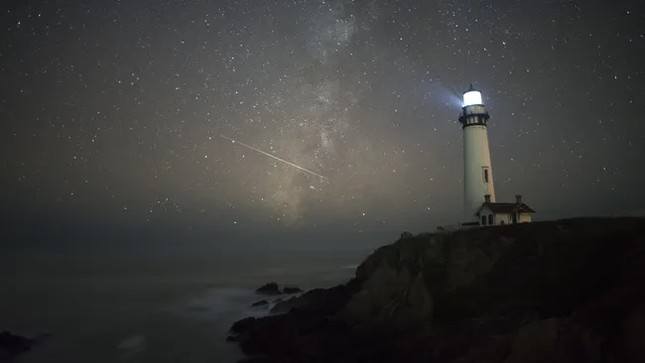 |
An Orionid meteorite streaks past Pigeon Point Lighthouse in Pescadero, California, USA. (Photo: Mountain Light Photography Inc.) |
The annual Orionid meteor shower—the dusty result of Halley's Comet's journey around the sun on average once every 76 years—will peak this week, just as the famous constellation after which it is named rises in the autumn sky.
There will be approximately 23 meteors per hour.
The Orionids meteor shower, which runs from September 26 to November 22, will peak in the early morning of October 21, with an estimated 23 meteors per hour, according to the Meteor Society of America. The exact peak is predicted to occur at 1:00 AM Eastern Time, which is approximately 11:00 AM on October 21 in Vietnam.
However, a crescent moon will be visible in the sky for most of the night, creating less than ideal viewing conditions. According to the Meteor Society of America, bright moonlight will "severely interfere" with visibility of this display. Therefore, you might be better off viewing the 2024 Orionids from home, where you can expect to see a particularly bright meteor.
According to NASA, the Orionids are one of the most spectacular meteor showers of the year. These meteors are renowned for their brightness and speed. The Orionids are fast-moving meteors, predicted to strike Earth's atmosphere at speeds of 41 miles per second (66 kilometers per second), or approximately 148,000 miles per hour (238,000 km/h).
Meteor showers are caused by clouds of dust and debris left behind in the inner solar system by comets as they fly in and out of the sun. When Earth passes through them, its atmosphere collides with the material, causing meteors to appear.
The Orionids are one of two annual meteor showers caused by Halley's Comet, the only known comet visible to the naked eye that could theoretically be seen twice in a lifetime.
Halley's Comet was the last comet in the solar system to appear in 1986, and its next visit is expected in 2061, also causing the Eta Aquarid meteor shower, which peaks in early May each year. Both meteor showers are visible from both the Southern and Northern hemispheres.
Despite their distant origins, the Orionids appear to have originated from a patch of sky near Betelgeuse, a red giant star in the constellation Orion. This constellation is best known for its Orion Belt, which includes three equally spaced stars: Alnitak, Alnilam, and Mintaka.
Additionally, this region contains some of the brightest stars in the night sky, such as Sirius, Rigel, Procyon, and Capella. Orion will reach its highest point in the sky around 2 a.m. in the Northern Hemisphere during the peak of the Orionids.
According to Live Science
Source: https://tienphong.vn/sap-nhin-thay-sao-bang-tu-sao-choi-halley-post1683577.tpo








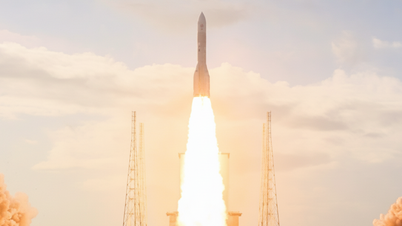



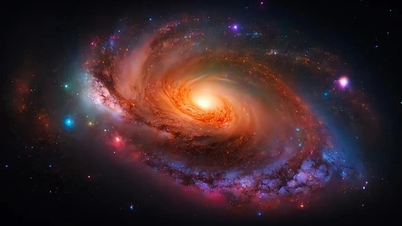

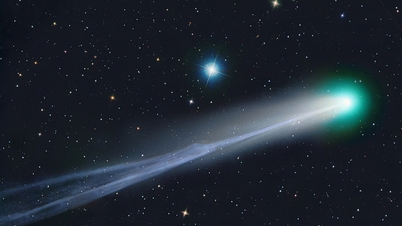

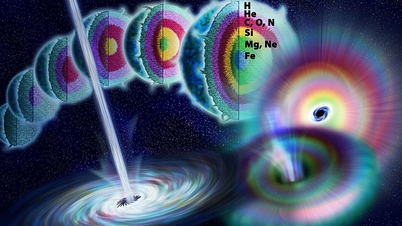






























































































Comment (0)